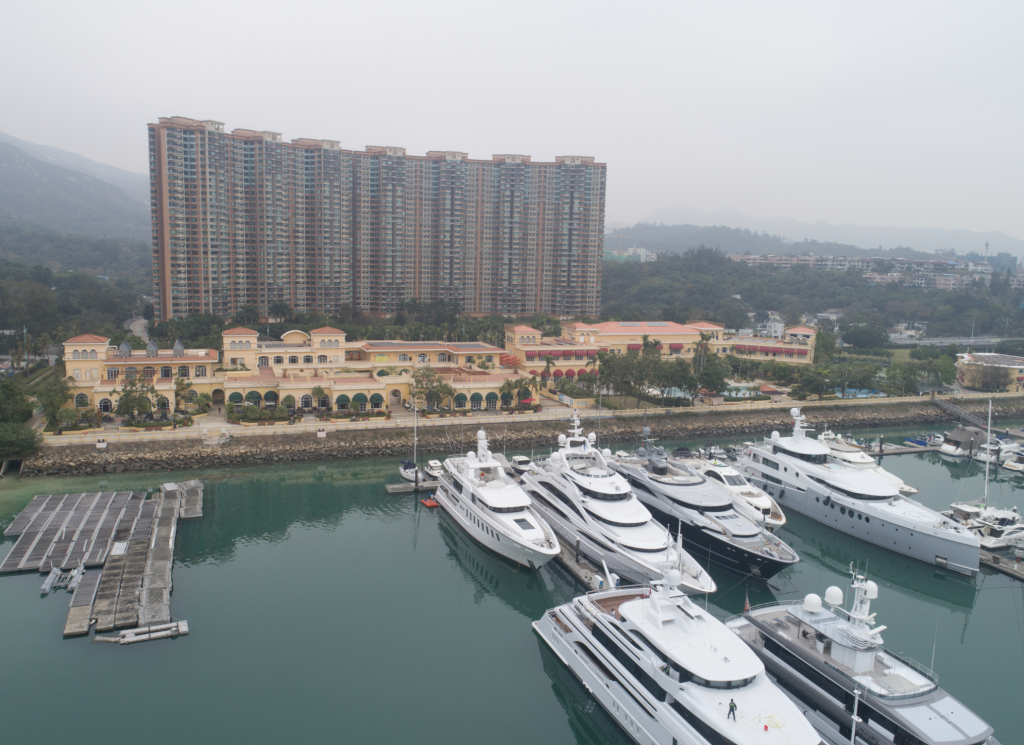
Set within a premier marina and home to some of the region’s largest luxury yachts, the Gold Coast Yacht and Country Club is an opulent leisure retreat for the who’s who of Hong Kong. Nestled along the South China Sea, the club offers stunning oceanfront views and an enviable set of amenities and attractions for its members and visitors.
But even the most picturesque and well-located of properties is subject to the elements. A subtropical region, Hong Kong’s weather pattern includes an annual typhoon season spanning May to November when periodic downpours, tropical storms, and heavy winds are more commonplace. In fact, this weather is directly responsible for the necessary, recently completed retrofit of the yacht and country club’s roof.
Prior to retrofit, the existing 38,000-square-foot roof was comprised of terracotta tile, including grout lines throughout. With both a flat deck and a pitched deck, none of the tile work was actually waterproof — far from ideal in moisture-laden Hong Kong. In 2018, after several years in operation, the lack of waterproofing had led to significant leaking throughout various portions of the roof. The club ownership recognized the necessity of restoring the roof to prevent additional costly structural damage. That’s when Green Tech Insulation Systems (GTIS) was called in.
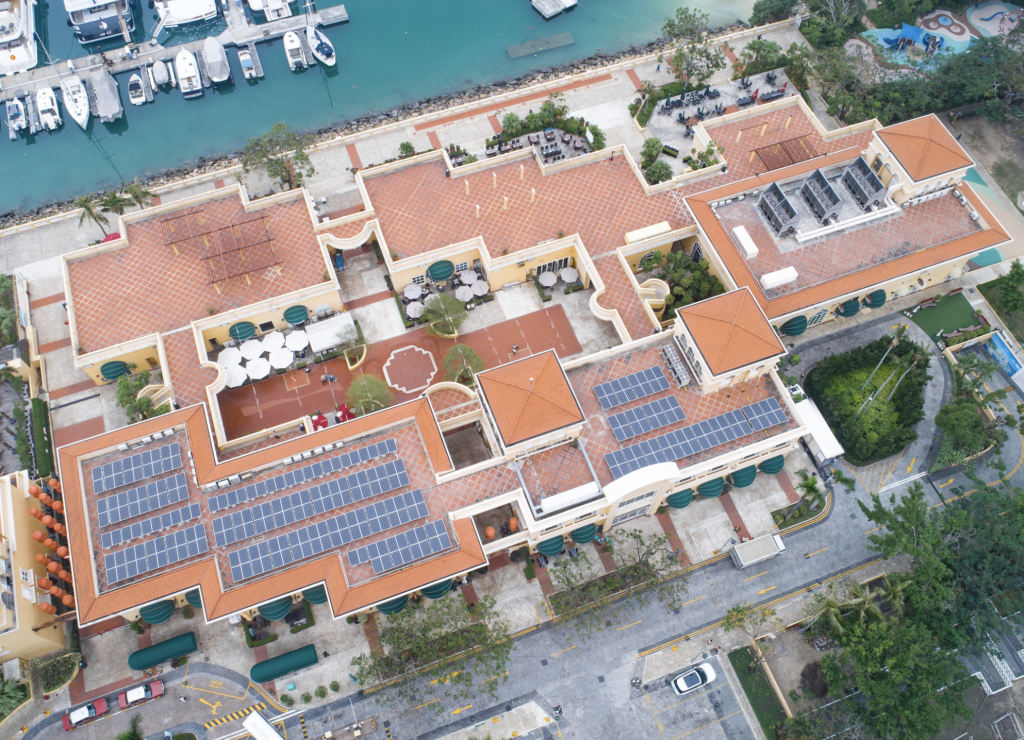
A Hong Kong-based roofing and insulation contractor specializing in innovative sustainable solutions, GTIS was faced with some serious challenges. The new roof system obviously had to seal and waterproof the facility and GTIS recommended spray polyurethane foam (SPF) roofing to the club for its abilities to do both. Additionally, SPF is a lighter weight solution that may be applied directly overtop an existing roof, eliminating the costly and time-consuming removal of the older tile roof.
But the regional weather and rains complicated the installation itself. Either rain or extreme humidity was present during at least half of the installation timeline, making it difficult to dry out the substrate prior to application of the SPF roof. To ensure proper adhesion to the substrate, GTIS utilized Lapolla Thermo-Prime. The single-component, water-based acrylic primer promotes adhesion of spray foam roofing to a variety of substrates.
The roof also included interior gutters, many of which were experiencing moisture intrusion through cracks. For this issue, the four-person GTIS crew used a roof torch to dry out the concrete. The GTIS team also utilized silicone for the repair and refurbishment of these gutters.
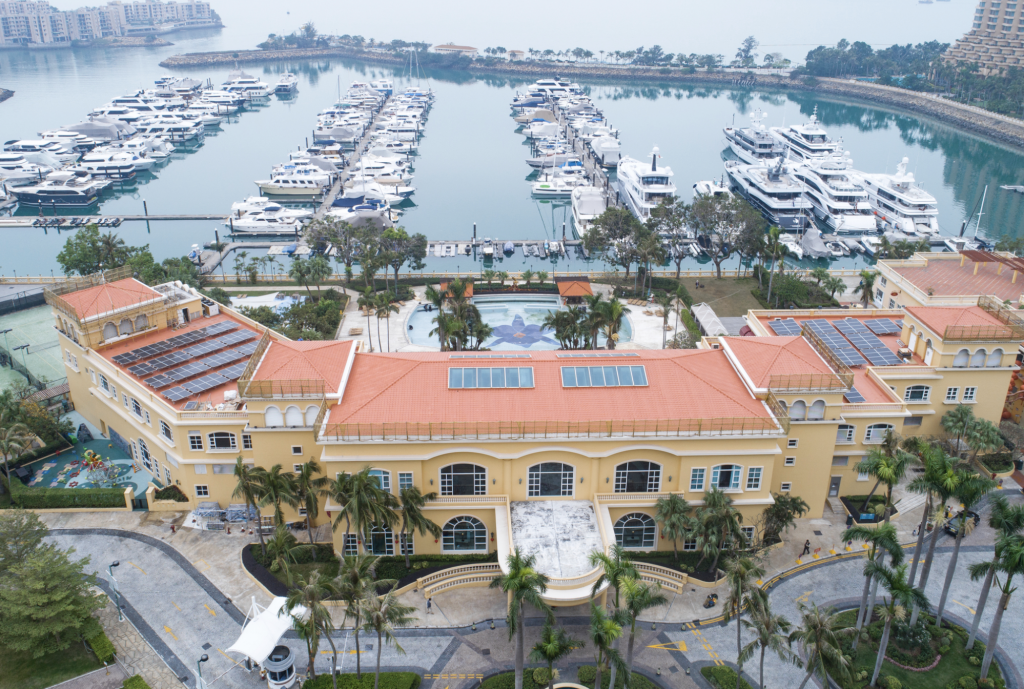
GTIS spray-applied Lapolla FOAM-LOK 2800-4G, a spray foam system notable for integrating the earth-friendly Honeywell Solstice blowing agent, which eliminates ozone depletion impacts and dramatically decreases global warming potential over older spray foam roofing systems.
“Spray foam roofing is the right product to be deployed in Hong Kong because of its superb performance in the face of our regular and somewhat harsh weather patterns,” says Chris Brazendale, managing director of GTIS Asia Limited. “The combined ability to seal, waterproof, resist high winds and reduce energy demands are major selling points here.”
Robert Grant, Icynene-Lapolla’s field service representative based in Arizona, attended a portion of the installation to provide educational training to some of the newer GTIS crew installers.
“We pride ourselves on the resources we provide to our contractors and the training I provided onsite is a good example of this,” says Grant. “When weather caused delays on the project, I also got into full gear and laid down a good portion of the roof to help GTIS meet the project timeline.” Grant himself is also a trained installer.
Club management shared its appreciation of the installation timeline being met. “From start to finish we have been impressed with the GTIS team,” says Robert Kawai, general manager of the Gold Coast Yacht and Country Club. “The project completed quickly and work was done with minimal impact to the Club’s operations.”
Energy-Saving Strategy
The owners of Gold Coast Yacht and Country Club were looking for a complete energy solution for their upscale destination. In addition to the spray foam, which guarantees significant long-term energy bill savings, they also sought a renewable energy system. Once the roof retrofit and coatings were successfully applied and in place, the owners also engaged a solar contractor to install a robust photovoltaic system. Installation of the photovoltaics took place over a one-month timeframe.
“The Hong Kong government recently introduced an initiative to provide power directly back to the grid, which the owners of the club are participating in,” notes Brazendale. “Additionally, the longer-term plan will be to install batteries to capture the solar power and to offset energy demand at the facility. An added benefit of the batteries is assurance to the owners and managers of the facility that power will be accessible to the club, even if a storm or another event affects the grid.”
A key requirement of the client was to maintain and enhance the attractive appearance of this upscale facility. To that end, the GTIS and Lapolla teams worked with the club ownership to develop custom color coatings designed to match the original tile roof, and these were applied to the completed SPF roof. GTIS recommended Lapolla THERMO-FLEX 1000 elastomeric coating for the roof and GE Enduris 3500 silicone coating for the roof perimeter.
“The custom color topcoat really helped us retain the overall original appearance of the roofs, which was important to us” says Kawai.
In addition to providing a protective layer over the spray foam material which protects it from UV rays, debris and the elements, the coatings also stand up to the humidity present at the ocean-adjacent site. The coatings also protect against biological growth, which is key as roof surfaces under solar panels typically do not dry as quickly.
“The owners are extremely proud of the retrofit,” notes James Cooper, operations director of GTIS. “With regular care and maintenance, the new roof is expected to last for decades. This combined SPF and solar roofing system is a sustainable investment in the Gold Coast Yacht and Country Club that will provide valuable ROI for a significant number of years to come.”
“We are really looking forward to the benefits of a watertight roof and lower cooling costs and are so happy with the team and SPF and coatings products we selected for the club,” adds Kawai.
About the author: Doug Kramer is President & CEO of Icynene-Lapolla, a global manufacturer and supplier of spray polyurethane foam. The company’s products are recognized for optimizing energy efficiency and performance in the envelope. Doug Kramer may be reached at [email protected].
TEAM
Installer: Green Tech Insulation Systems (GTIS), Hong Kong
MATERIALS
Spray Polyurethane Foam: Lapolla FOAM-LOK 2800-4G, Icynene-Lapolla, http://icynene-lapolla.com
Primer: Lapolla Thermo-Prime, Icynene-Lapolla
Roof Coating: Lapolla THERMO-FLEX 1000 elastomeric coating, Icynene-Lapolla
Roof Coating: GE Enduris 3500 silicone coating, GE Silicones, www.siliconeforbuilding.com

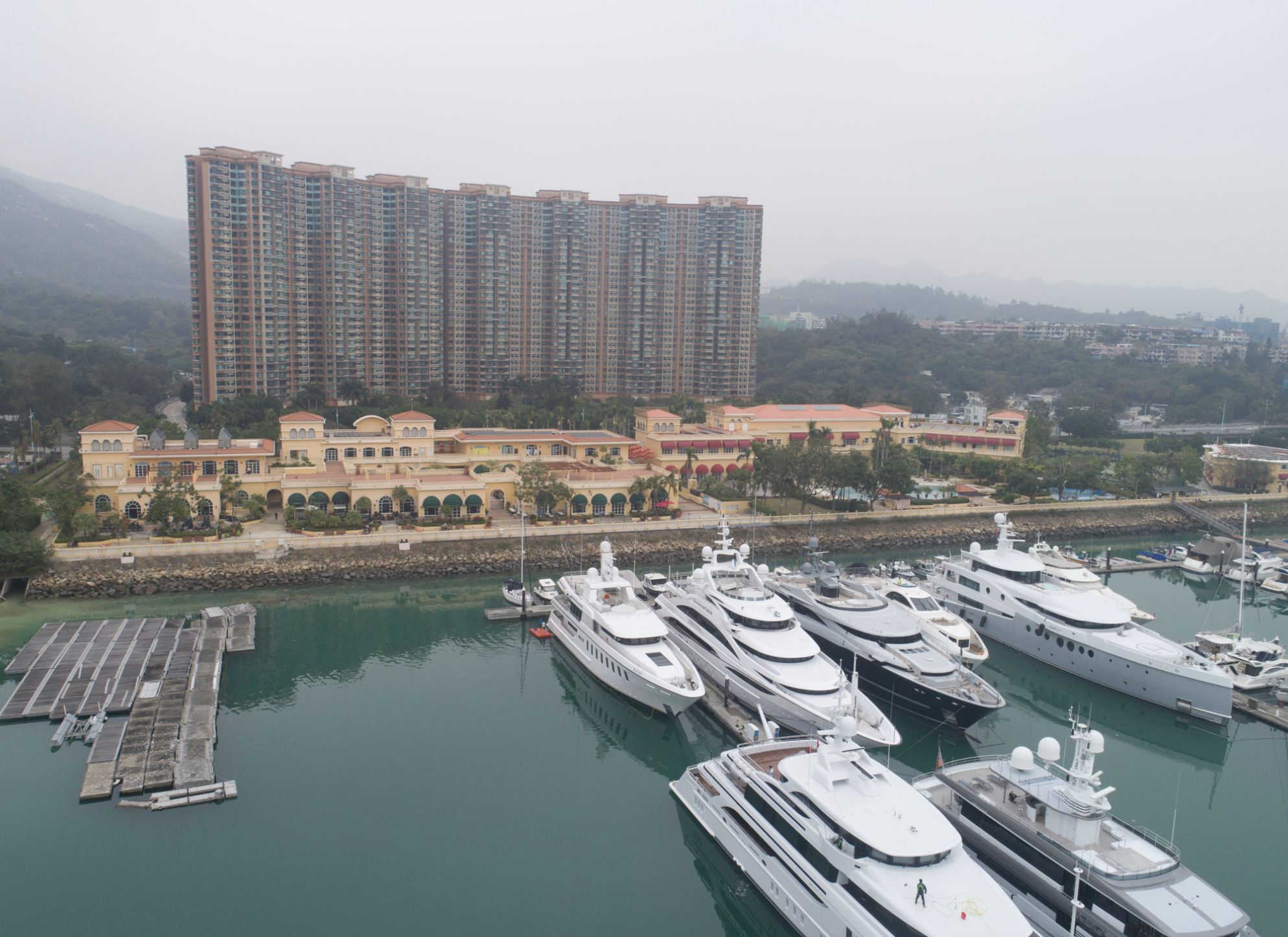

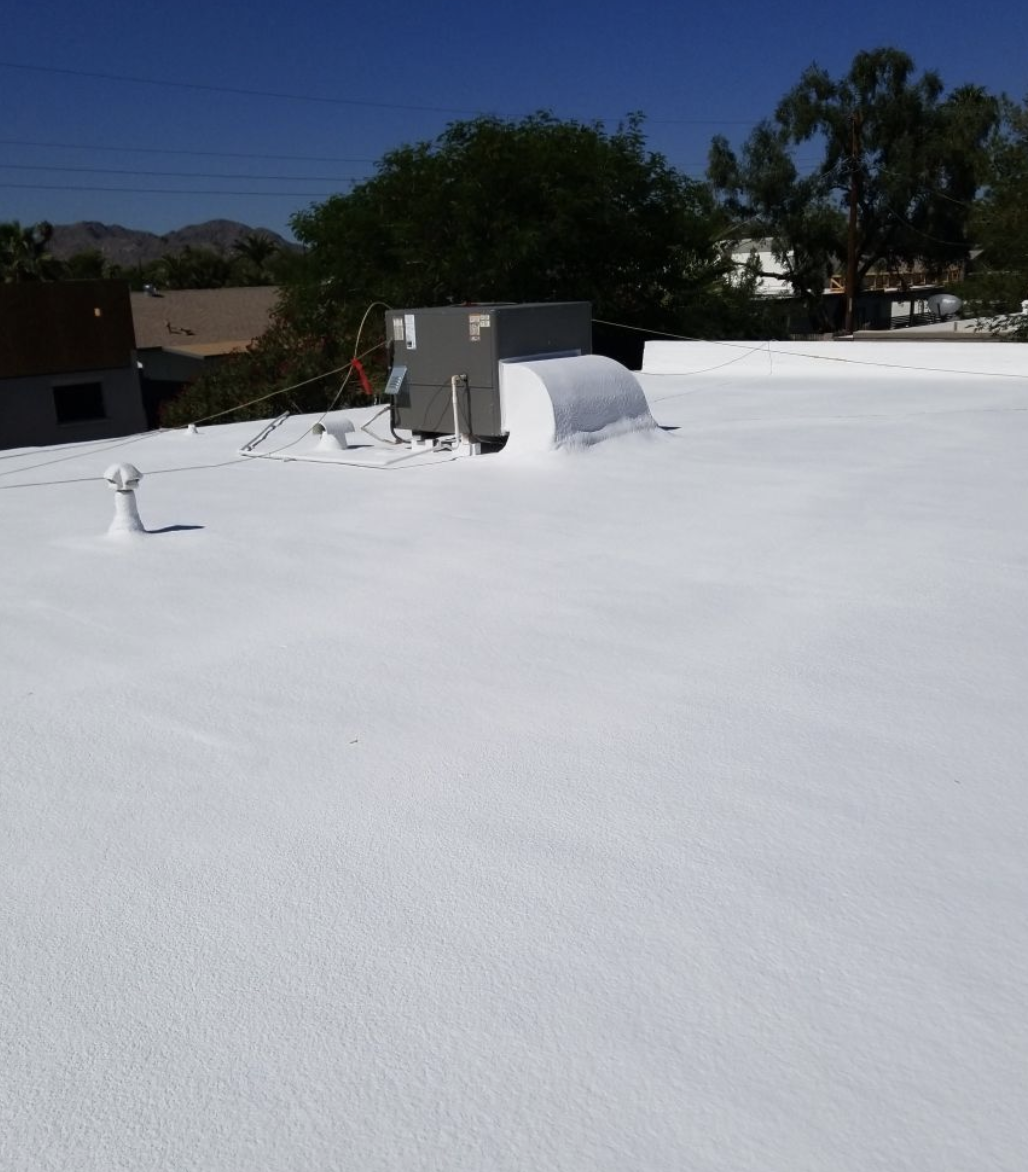
Be the first to comment on "Roof of Hong Kong’s Premier Yacht Club Gets a Major Facelift"